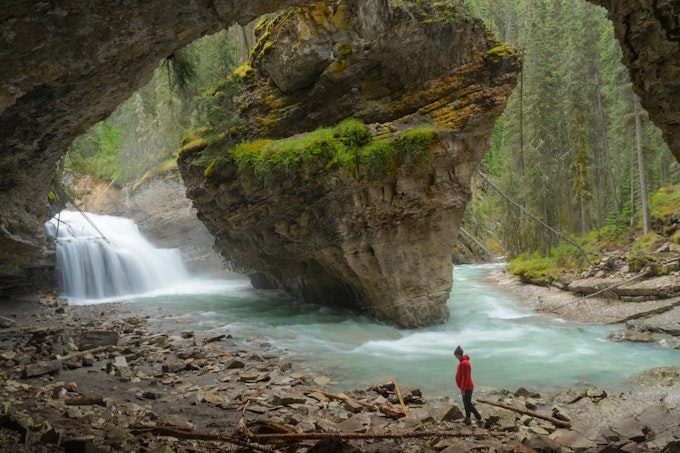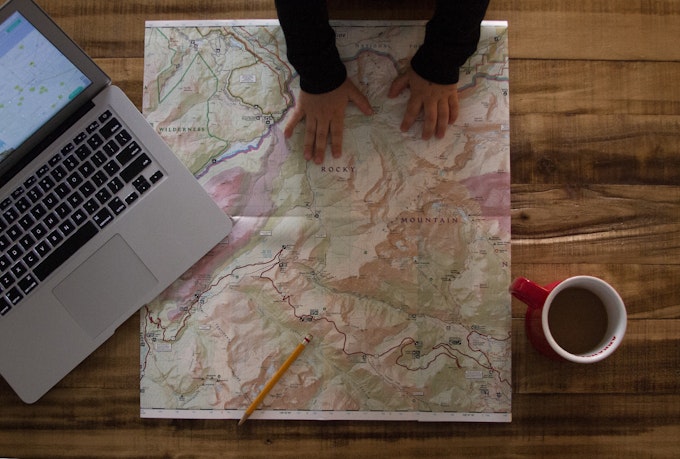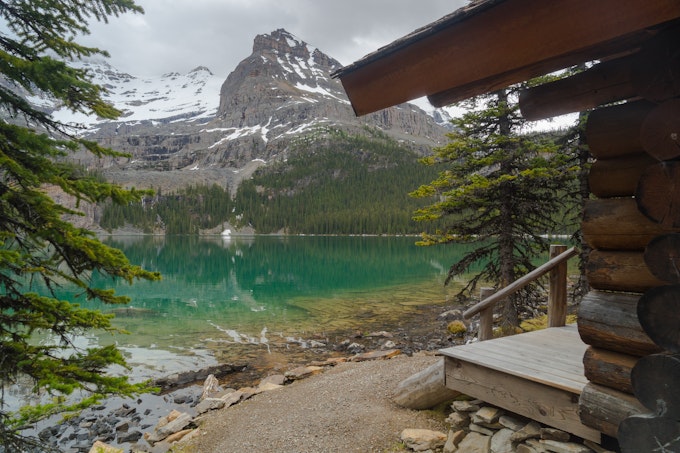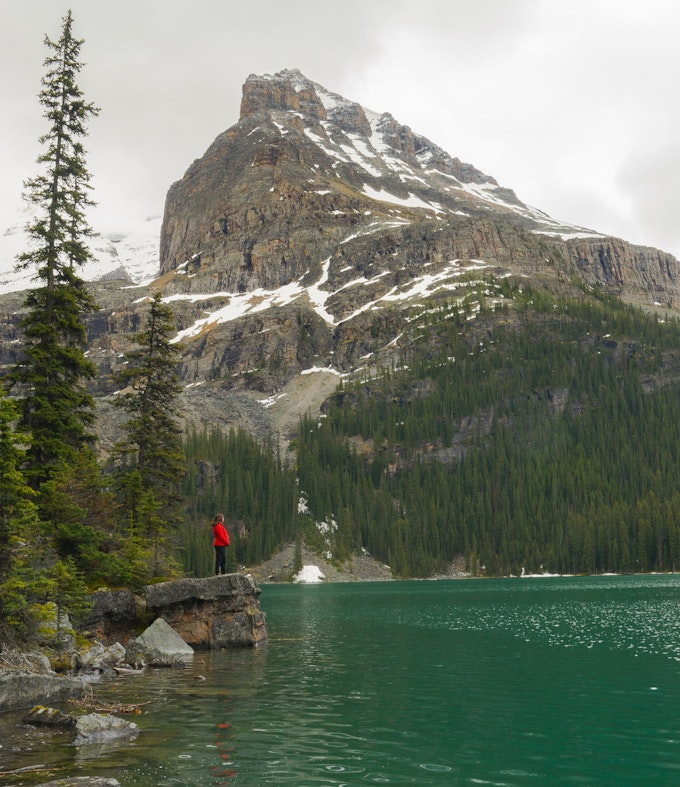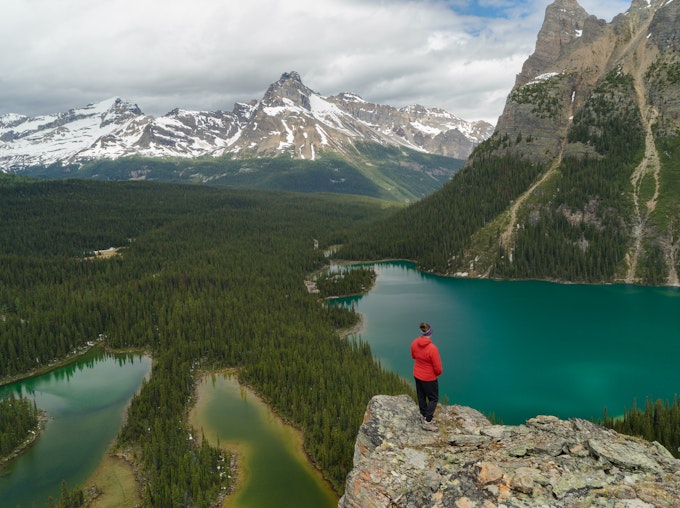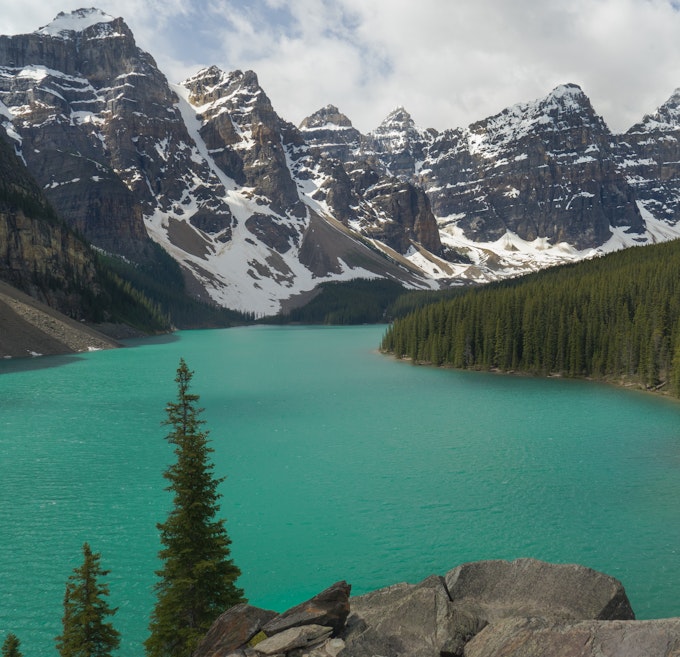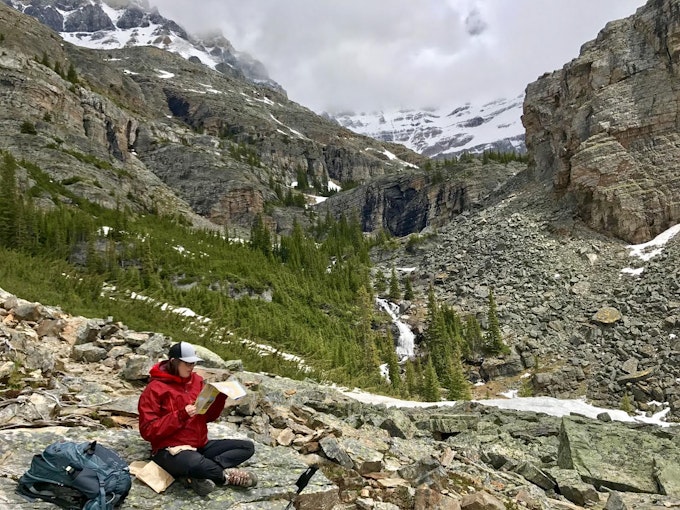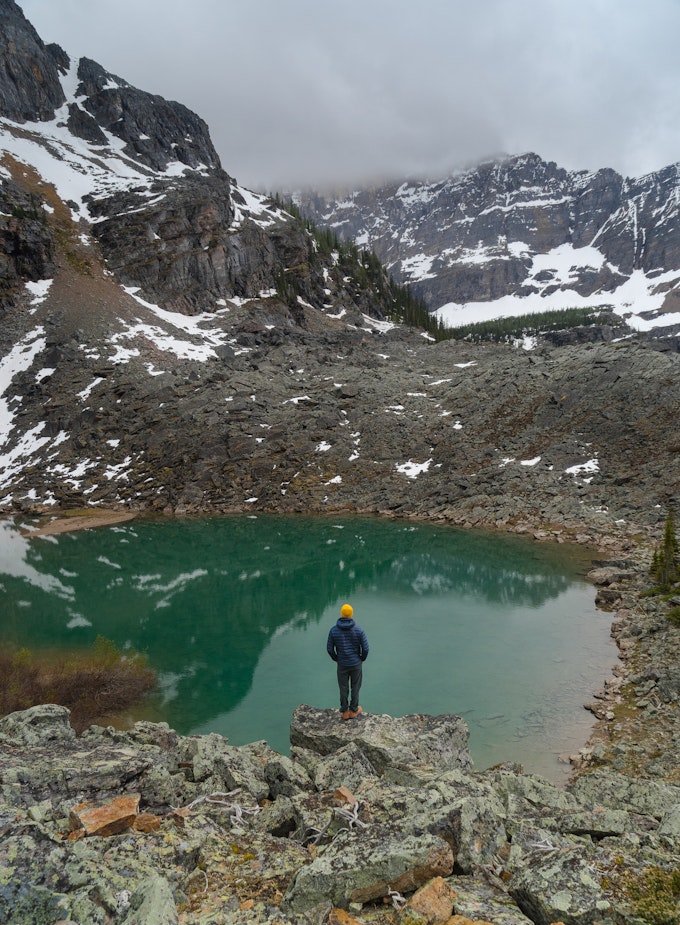10 Things To Consider When Hiking While Pregnant
A six day trip in the Canadian Rockies, while expecting our second son.
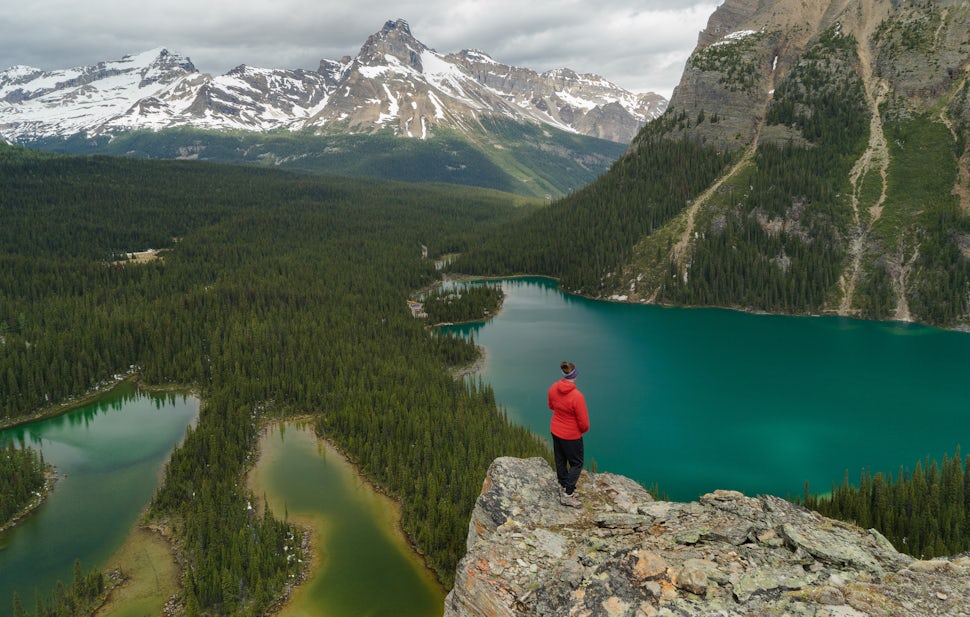
Exploring a National Park While Pregnant
From what I can tell, I first told my wife about Banff sometime in early March of 2015. We share a photo stream of places that we want to explore and have added pictures from all over the world. I was shocked when I came across Banff and couldn't believe I had never heard of it. Pictures of Lake Louise, Johnston Canyon and the vast Canadian Rockies; I was hooked immediately and had a huge desire to go. My wife even requested that I stop saying the word ‘Banff’ because it had quickly moved to the top of my travel list.
Johnston Canyon, Banff National Park, Alberta
As a family, we like to be outdoors. In the 2015-2016 year, we made it a point to not only explore more of our home state California, but to also venture east and see some of what our neighboring states had to offer. We successfully visited Yosemite National Park, Zion National Park, Joshua Tree National Park, Sequoia National Park, and our biggest adventure, Rocky Mountain National Park. For this trip we took our 2 year old son and had an absolute blast.
In January of 2017, we were ecstatic to find out that my wife was pregnant with our second baby. Still desiring to explore the Canadian Rockies, I knew that if I waited any longer it would be a couple of years before I could do it properly. I asked my wife if she wouldn't mind hiking, canoeing and adventuring this area while pregnant. (She always jokes with me that pregnancy isn’t an illness, but that didn't guarantee that she would be interested hiking up any mountain.) Her pregnancy with our first son went smoothly; she felt great pretty much up until she delivered and agreed that if it was early enough in the pregnancy and the elevation wasn’t too high (above 10,000 ft.), then exploring the Canadian Rockies shouldn't be a problem. From that point on, I went into full research mode and decided that this would be a the perfect opportunity for us to spend time together, just the two of us, before we become a family of four.
Banff, I would soon discover, is not only beautiful, but it is also a very popular destination of travel. This year, Canada is celebrating it’s 150th anniversary and the national parks are free for the entire year; this was great news for us, but I knew they would be expecting more tourists than usual. I researched some more, only to discover some less crowded parks, like Yoho National, the British Columbia park bordering Banff, Alberta. Specifically, Lake O’hara Lodge was the location that I had my eye on. I had seen images of these tucked away log cabins right on the lake and I couldn't imagine staying anywhere else to experience the area.
When I called in January to make a reservation, the entire 2017 year was booked solid, with the exception two dates in mid July. Booking in July meant my wife would be 7 months pregnant, and I wasn't totally comfortable with that. This pregnancy was also proving to be quite different from the first, as my wife was extremely tired and sore at the end of most days. I’d actually considered canceling the whole thing - “She’s too fragile. It doesn't make sense to go. She won’t be able to hike with me at all. She's going to feel even worse by the time we go. I’m just being selfish and should plan something else.” It was at the front of my mind most days. Still, my wife insisted that she would be fine. Together we looked for articles about hiking during your third trimester and found examples of other women and what they had done to make the activity more comfortable and enjoyable. We got the green light from her obstetrician as well, making me feel a little relieved that I wasn't completely crazy for taking a pregnant woman to the rockies.
Before the trip, we did a couple of hikes to make sure she was okay, but nothing drastic as we knew that no amount of training at that point could compensate for 6 days in the mountains.
When we arrived at Lake O’hara Lodge on our second day, I had a hike planned to occupy us until our room was ready.
Lake O’hara Lodge, Yoho National Park, British Columbia
Arriving at Lake O’hara Lodge is a memory I won't soon forget. Our experience at the lodge and the views of the lake were indescribably beautiful. The combination of hospitality, wilderness, gorgeous pristine lakes, delicious food, no internet and a small group of people with the same ambitions is something you don’t find in most places. At the end of each day, the guests would gather for dinner, meeting in the common area to share stories about that day’s hike, life and how we all ended up discovering this amazing location. The lodge actually limits the amount of people that can go up to Lake O’hara everyday. You either need to be a guest at the lodge or reserve a spot on the shuttle ahead of time, which creates a secluded and unique experience.
Lake O’hara Lodge, Yoho National Park, British Columbia
Lake Oesa was our first hiking destination. We couldn't do the full loop because of the snow levels, so in total it was 5.5 miles round trip. This was perfect to start because we didn't need to be pushing our limits on distance with a 7 month pregnant woman. We agreed to hike slow, let my wife set the pace and take breaks as often as she wanted. I was in no hurry, and my goal was to enjoy this with her.
The elevation was definitely the most strenuous on her body; she could hike a good distance on flat ground, but aggressive elevations would require frequent and sometimes lengthy breaks. In all honesty it was refreshing; so often I’m caught on a mission, power hiking to my destination, but going slow allowed me to look around far more than I usually would. I had more time to see my surroundings, and my mind was consumed by so much more than my foot placement.
On the hike, I stayed vigilant keeping Megan hydrated and having her check her heart rate to make sure we weren't pushing any limits. Everything was going according to plan until we started hitting large patches of snow. She was understandably nervous to fall down at any capacity, and we were maneuvering between hard snow that we could walk on top and slushy snow that we would unintentionally slide on. She had trekking poles which helped immensely with footing and checking to see the condition of the snow ahead of her. I was never further than arm's reach during these sections. Sometimes I would even hike slightly off trail to help with balance or to be there in case she didn't feel confident. It truly was a partnership effort--I made sure she was safe, and she was responsible for conveying how her body was feeling.
The snow ended up being too much and maneuvering every step grew tiresome for her. Although she pushed through, it would have been better to turn around sooner, to have a smoother return trip. When we returned to Lake O’hara Lodge, the frustration from the snow had slightly taken over the majestic views of lakes and waterfalls that we had just seen. Still, all I could think about was how strong and determined my wife was for completing that hike. Even now, a few weeks later, I know the snow was an issue but all I can picture is my wife in her red jacket, trekking up the mountain assuring me she could keep going.
Hike to Lake Oesa, Yoho National Park, British Columbia
Our first hike was a success on many levels. It took us an additional 2 hours compared to most people, but she was always safe and we reached the incredible views that we had set out for. And that was our formula for the rest of the week: don’t pack too many miles into one hike, keep it within range of what you would do when you’re not pregnant, be willing to slow down, hydrate and take breaks frequently and whenever you feel necessary. Trekking poles were key and helped her maintain balance and distribute some of the added pregnancy weight, especially while going downhill. I didn't plan any hikes longer than Lake Oesa. I also organized an alternative activity or relaxing day in between our hiking days, which helped immensely. She might have been ok camping and sleeping on a pad, but for this trip I made sure she was in a proper bed at the end of each day as well, which ensured for a good night's rest and a more productive following day.
In conclusion, taking a pregnant woman to Yoho and Banff turned out to be a stunning and unforgettable adventure. We took the necessary precautions, avoided gratuitous restrictions on ourselves, and in the end made for one of the most memorable trips we have ever been on.
Opabin Plateau, Yoho National Park, British Columbia
10 Things To Consider When Hiking While Pregnant
Slow down, choose a pace that you are most comfortable with.
Take more breaks, don’t over-exert yourself. If you took a break 5 minutes ago, don’t be afraid to do it again.
Bring ample water, electrolytes and snacks.
Trekking poles. Depending on the kind of terrain, trekking poles will help with your balance and maneuvering around any obstacles.
Avoid too much incline. It’s a good way to burn yourself out and intensify the added weight.
Bring a partner that is also willing to go slow and support you and your pace.
Know where the nearest hospital is and how long it would take the get there, just incase.
Double check your boot sizing before you go. A lot of women will get swollen feet while pregnant and this can cause some discomfort if the boots were already snug pre-pregnancy.
Get ready to pee in the forest. If that baby is right up against the bladder, chances are you won't make it to every toilet on the trail or back at the parking lot.
Check in with your doctor before the bigger adventures; talk with them about the miles and the elevation that you plan on completing, to make sure your plan is safe for you and your pregnancy.
Moraine Lake, Banff National Park, Alberta
Hike to Lake Oesa, Yoho National Park, British Columbia
Hike to Lake Oesa, Yoho National Park, British Columbia
We want to acknowledge and thank the past, present, and future generations of all Native Nations and Indigenous Peoples whose ancestral lands we travel, explore, and play on. Always practice Leave No Trace ethics on your adventures and follow local regulations. Please explore responsibly!
Do you love the outdoors?
Yep, us too. That's why we send you the best local adventures, stories, and expert advice, right to your inbox.

